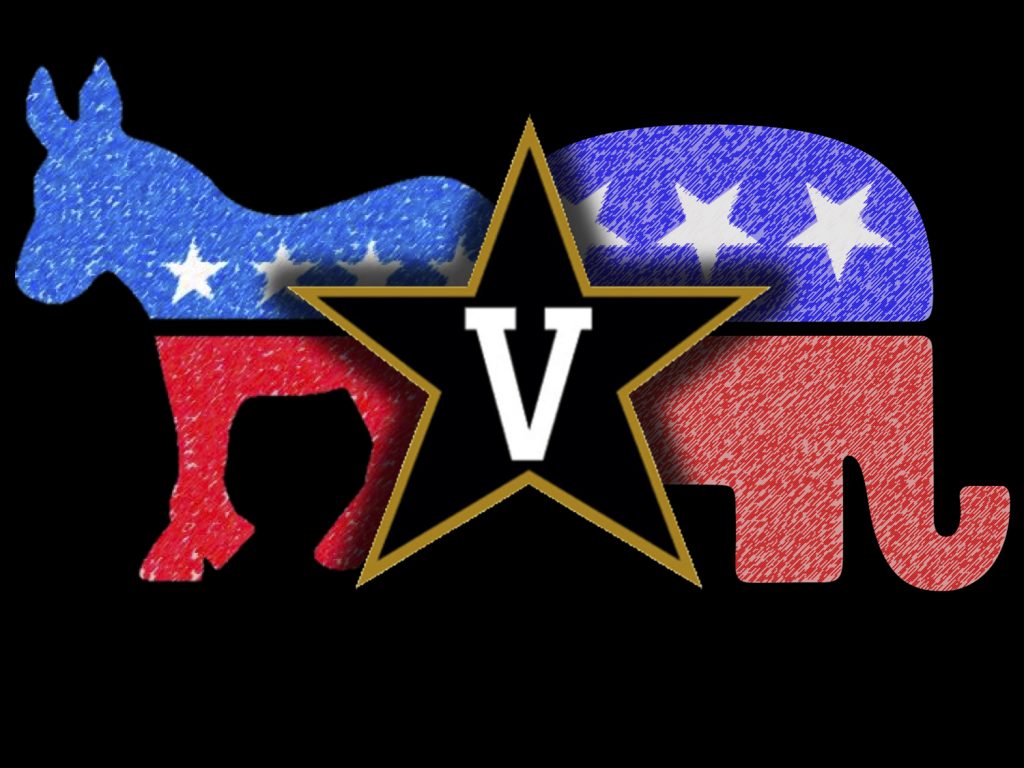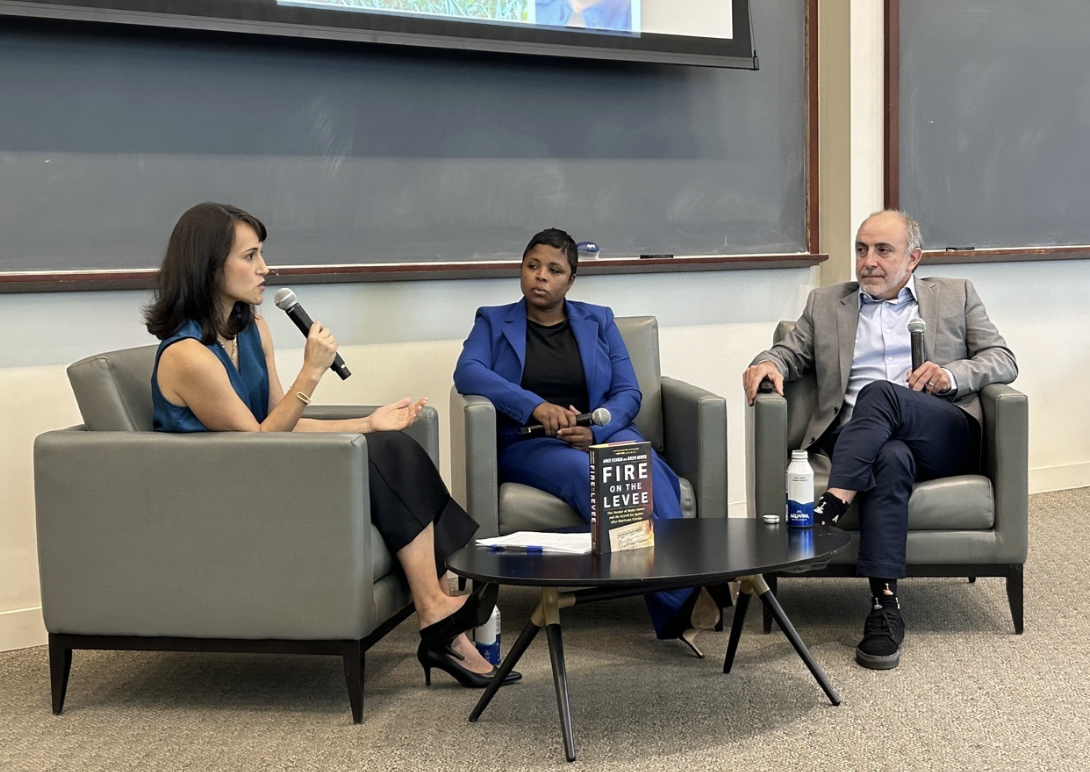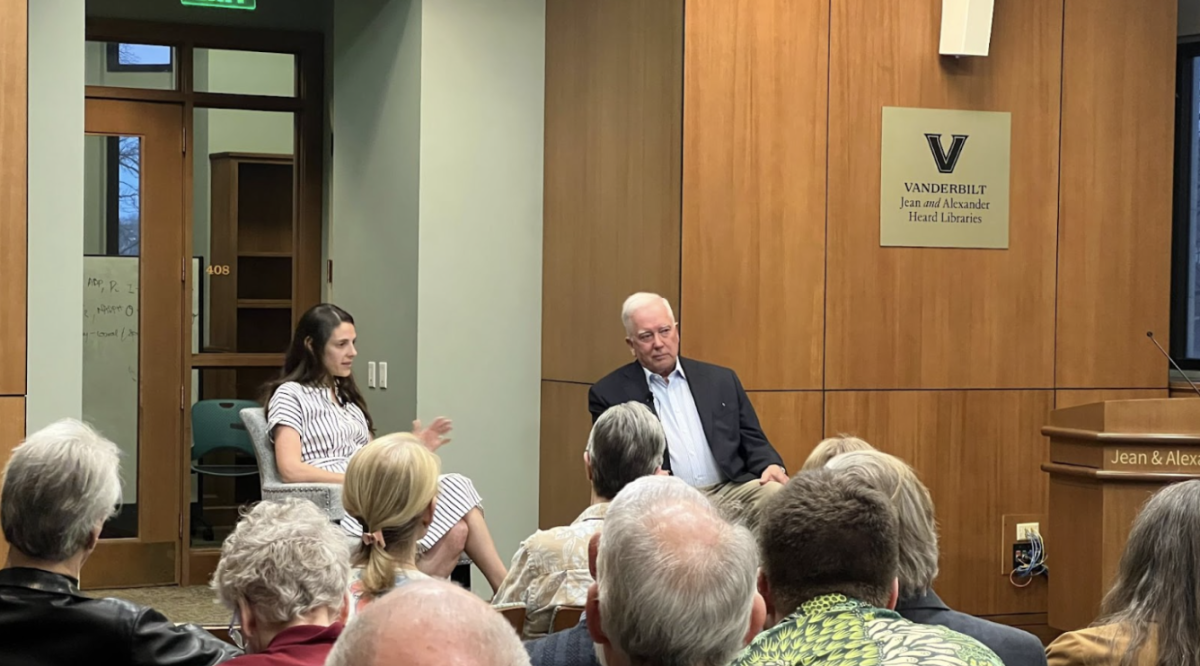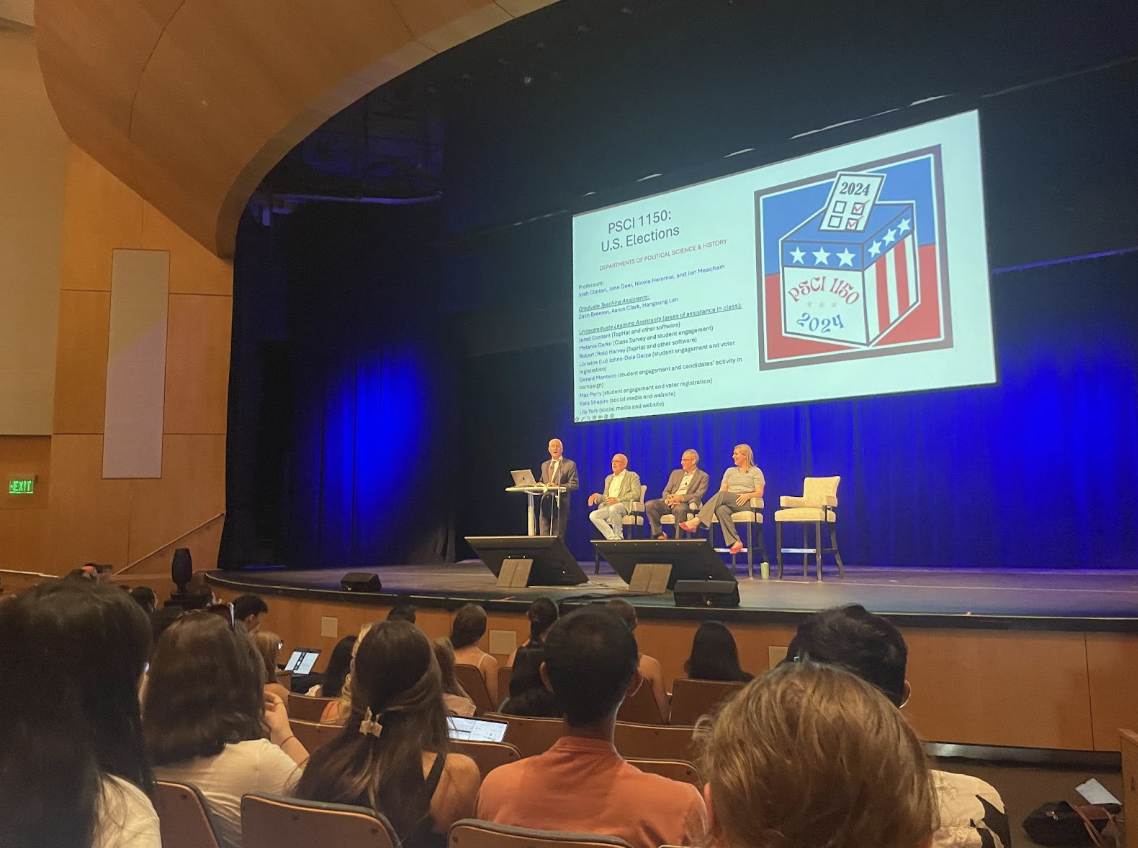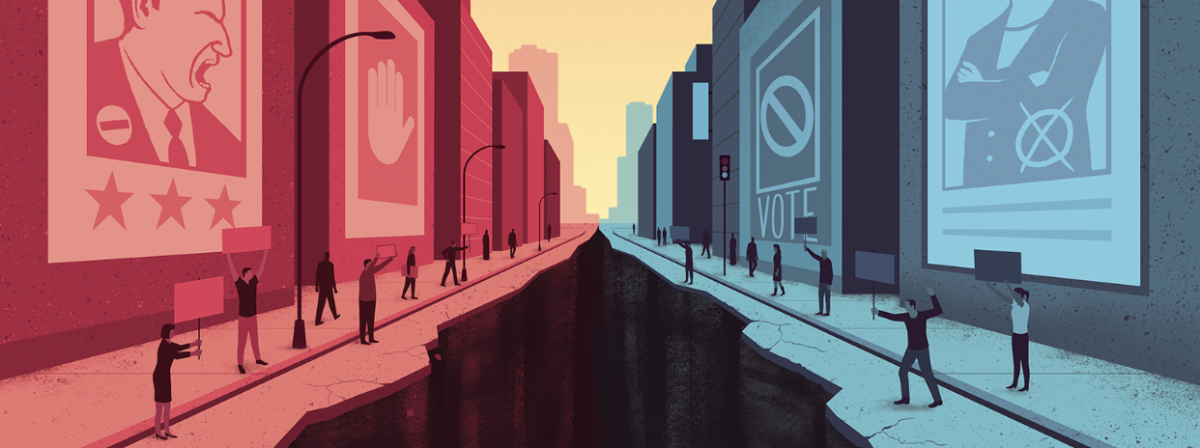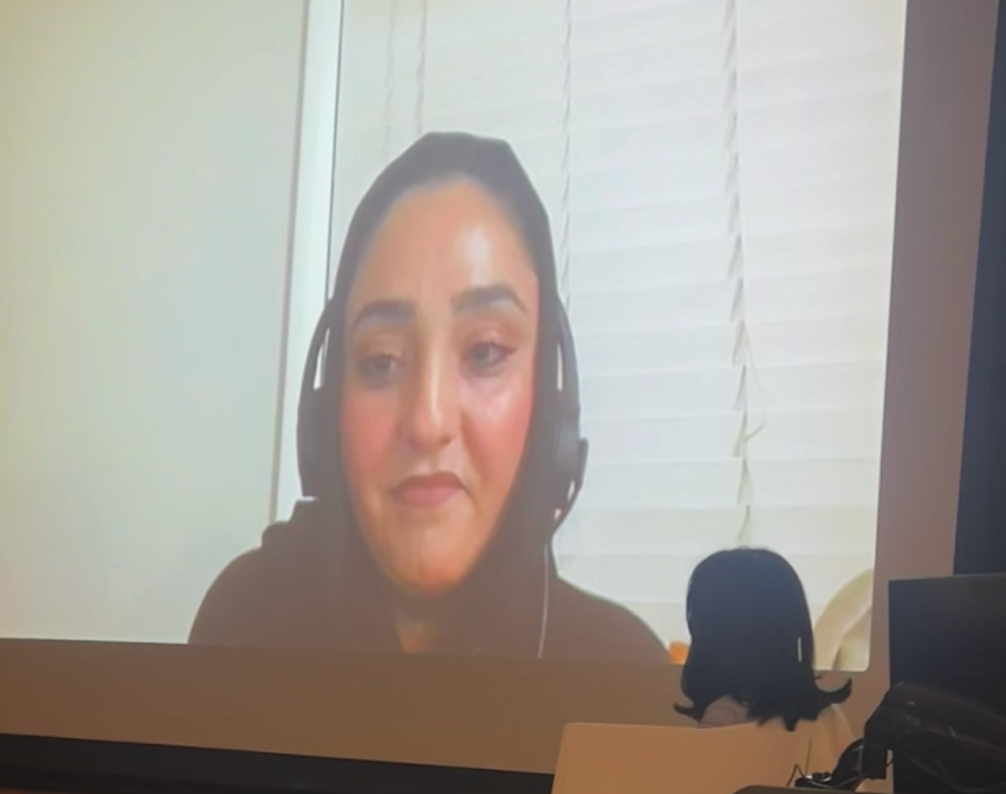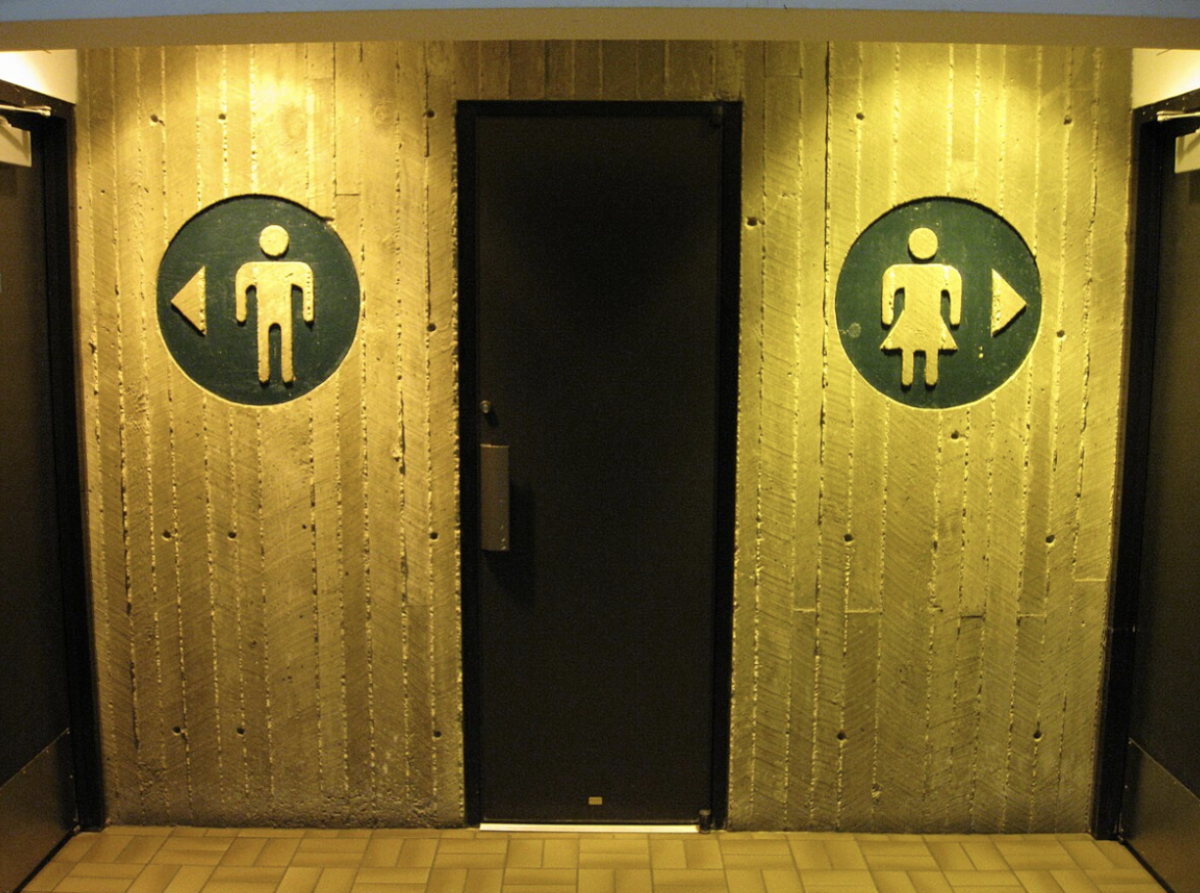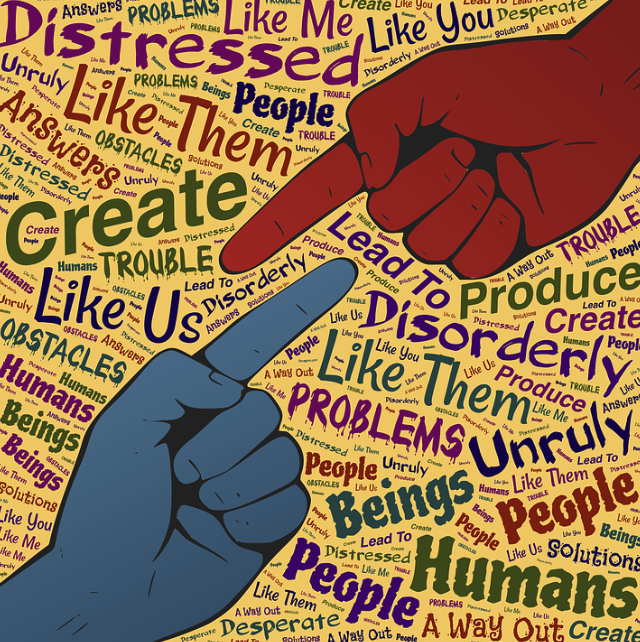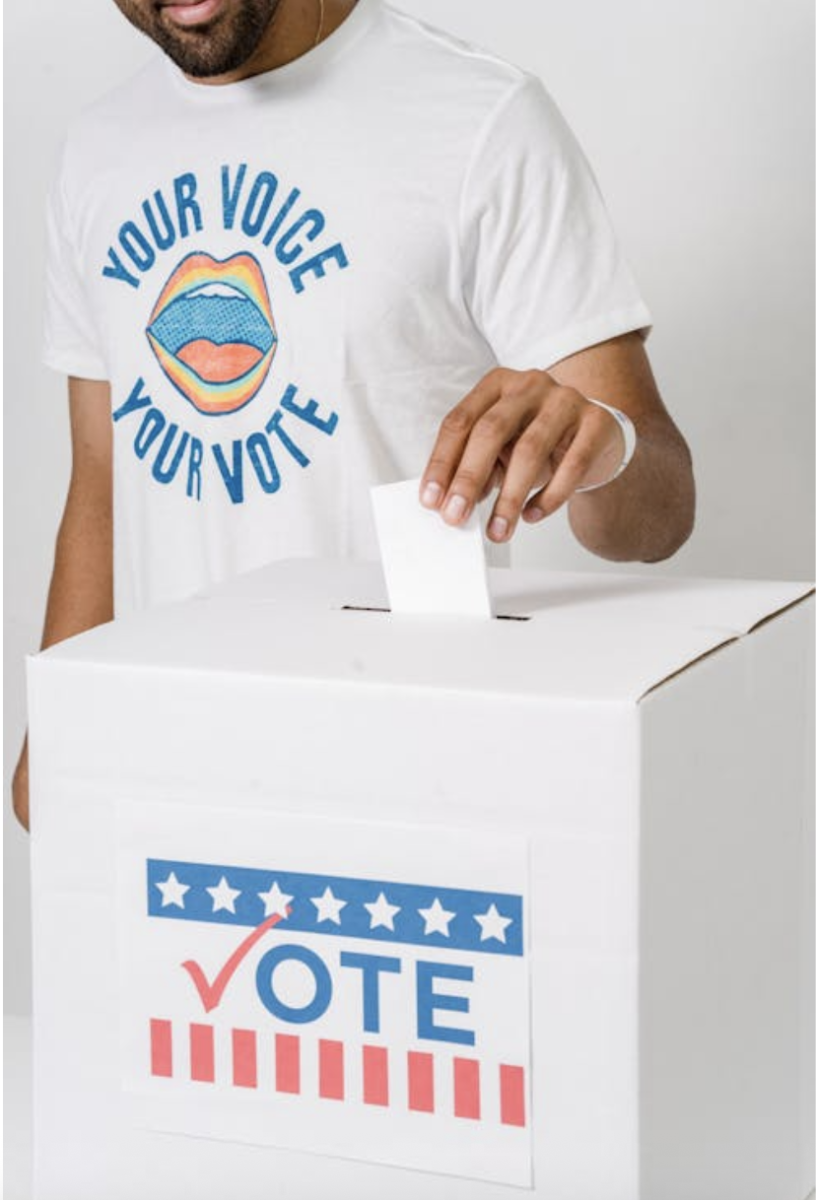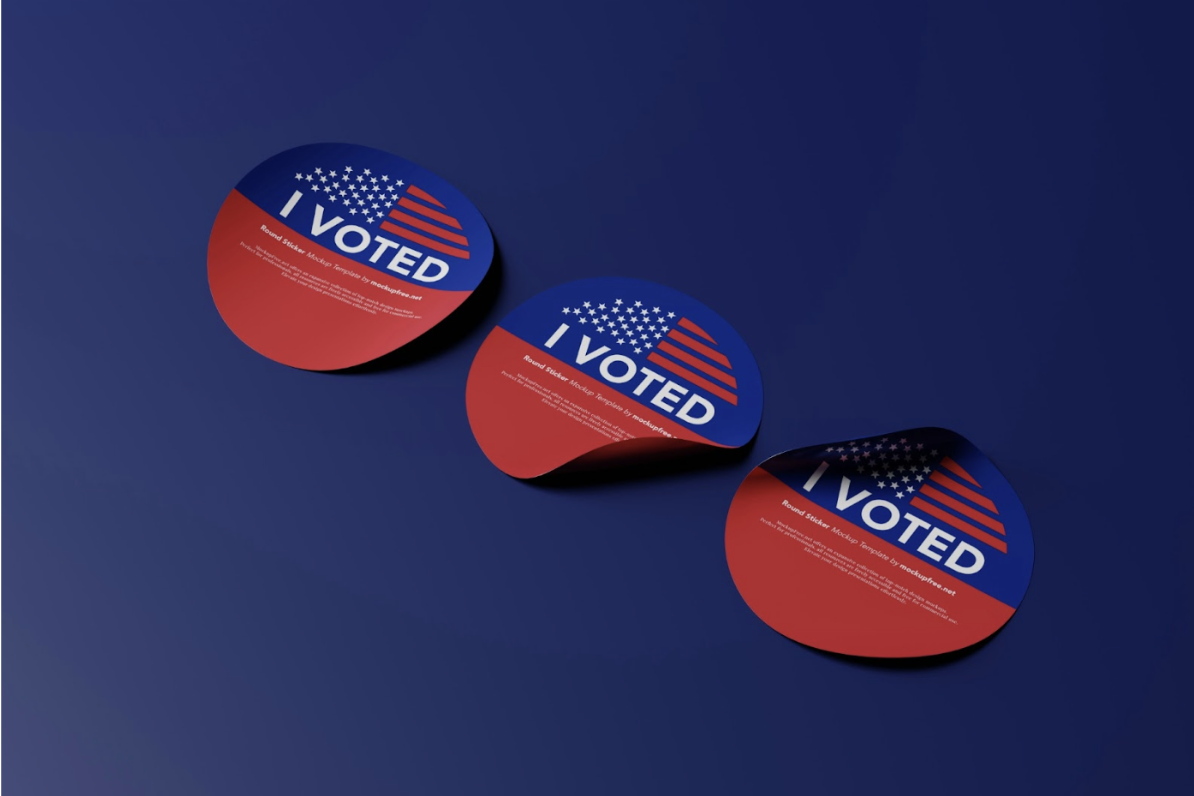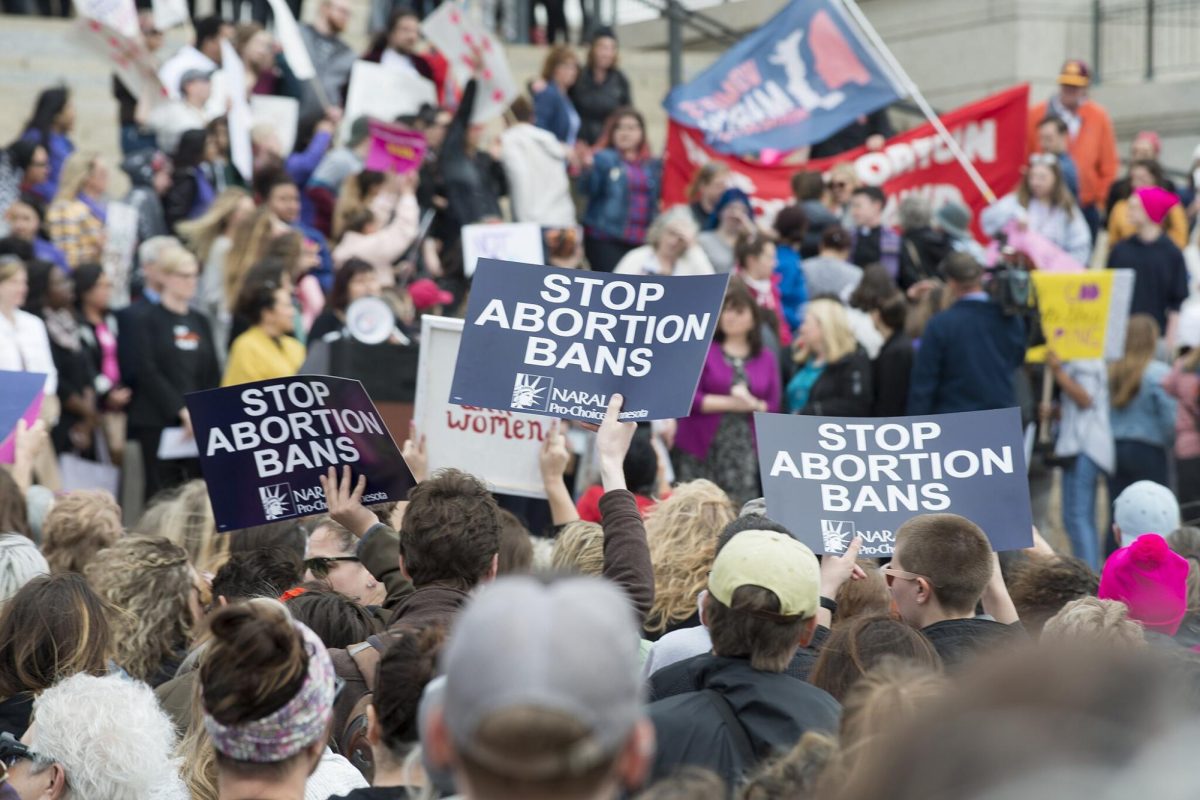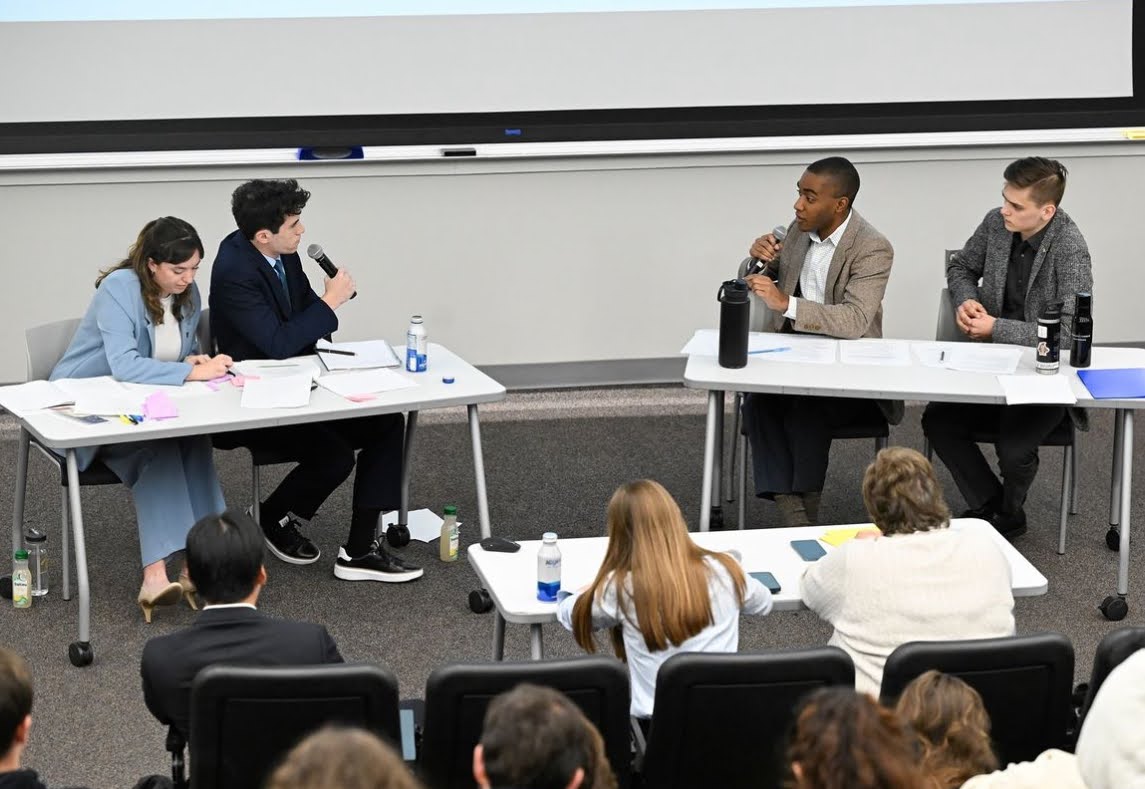Perhaps due to its location in the south as well as generalizations as to who has historically gone to the school, Vanderbilt has always had the reputation of being conservative relative to other elite universities, in terms of the faculty, the students, or the administration. However, how much weight does that assumption actually hold? A past poll by the Vanderbilt Political Review and the Vanderbilt Hustler found that the average Vanderbilt student is liberal, via a 7-point scale poll (with 1 being most liberal, 7 being most conservative). While the survey gave great insight into the political ideations of students, it lacked in wholly examining faculty and staff opinions. In order to account for this deficit and gauge the political leanings of faculty and staff, investigating the political donations from Vanderbilt employees can reveal more. After all, those who donate to campaigns or political parties are, on average, more politically passionate, outspoken, and active than those who don’t donate, thus contributing more to a campus’ political culture.
Looking towards OpenSecret.org’s data on political donations from Vanderbilt employees, other private universities in the south, and universities considered “liberal,” the Vanderbilt Political Review seeks to determine whether Vanderbilt truly is a conservative campus in terms of its faculty and staff.
In 2016, according to OpenSecrets.org, Vanderbilt faculty and staff contributed a total of $437,660 in the election cycle and $410,000 in lobbying. Overwhelmingly, Vanderbilt individuals donated to Democrats, with 72% of money contributed in the 2016 election cycle going to Democrats and only 26% to Republicans. The top recipients were Hillary Clinton ($126,261) and Bernie Sanders ($17,998). Meanwhile, Republican candidates like Ted Cruz ($5,452), Jeb Bush ($5,400), and Donald Trump ($3,480) received substantially less in political contributions from Vanderbilt employees.
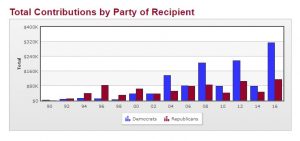
Seemingly, Vanderbilt is getting more and more liberal– for example, 20 years ago , only 12% of the money contributed in the election cycle went to Democrats and the other 88% went to Republicans. Since then, the percentage going to Democrats has skyrocketed, with 83% of the contributions going to Democrats in the 2018 election cycle. This can alternatively be explained by the movement of the Republican party to the right, and the Democratic party becoming more associated with education and the elite.
On the aggregate, in the 2016 election cycle, while Hillary Clinton received more than 25% of the total donations, the Republican National Committee was the second largest recipient of funds from Vanderbilt University employees ($35,540). This suggests that while the campus does lean heavily to the left, there still is a very politically active right. This point is compounded by the fact that while there’s a massive gap in the amount given to Republican candidates vs Democrat candidates, Vanderbilt individuals actually contributed more to the campaigns of Republican representatives ($20,950 vs $19,848). However, it is worth pointing out that in this case, the $20,950 donated to Republican representatives came from only 5 individuals, while the $19,848 donated to Democrat representatives came from 11 individuals, leading to an average donation double that of one to a Democrat representative. This again does suggest that while there are fewer Republicans than Democrats at Vanderbilt, these Republicans are either richer, more politically active, or a combination of both.
When thinking of other similar private, southern universities, Rice University and Duke University comes to mind. Rice University, for example, can be inferred to be more liberal than Vanderbilt University based off of campaign donations, contributing 87% to Democrats and 7% to Republicans in the 2016 election cycle (compared to Vanderbilt’s 72% and 26%). This suggests a staff that is more liberal than Vanderbilt’s.
Duke University is even more liberal than Rice University, with 97% of campaign donations to Democrats, and only 3% to Republicans in the 2016 election cycle. In every subsection, whether it is congressional donations or to individual recipients, the amount contributed to Democrats was substantially larger than that given to Republicans. In addition to contributing much more percentage-wise to Democrats, the amount donated is also higher, contributing $748,157 (vs Vanderbilt’s $437,660).
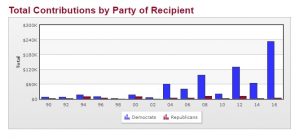
Two of the most liberal, similar universities include New York University and Brown University. At New York University, 95% of the total $1,187,816 contributed by faculty and staff in the 2016 election cycle went to Democrats, with 2% going to Republicans. Brown University is generally thought of as one of the most liberal universities in the United States, and that idea is definitely supported through OpenSecrets data. With 98% of the total $239,412 contributions by individuals in the 2016 election cycle going to Democrats and a mere 2% going to Republicans, Brown University can reasonably inferred to be extremely liberal.
But, it’s worth noting that at Duke, Rice, Brown, and NYU, individuals have historically contributed more percentage-wise to Democratic candidates (92% in 1996 at Duke University, 88% in 1996 at Rice University, 66% in 1996 at Brown University, and 77% at NYU), while at Vanderbilt University, contributions in the past went heavily towards Republican candidates (88% in 1996). This suggests that while Vanderbilt wasn’t traditionally liberal like the typical college campus is considered to be, it increasingly is becoming more like the stereotypical “liberal” university, while still having strong conservative support, as evidenced by the higher percentage of campaign contributions going to conservative candidates compared to other similar universities.
However, there certainly are limitations of looking at solely data from OpenSecrets. Namely, this source undoubtedly skews the data set to those most passionate/politically active, as well as those who are richer/have more disposable income. In reality, most of the populace at these universities are not contributing to campaigns but still have political affiliations. In addition, there certainly are other ways to get politically involved than merely through donations that young people may gravitate more to (ex: attending rallies, get out the vote initiatives, phone banking, etc.).
Regardless, while using political contributions as the sole way to measure political involvement is most certainly skewed and not wholly representative, it can still offer some insight into the political preferences of university staff.

